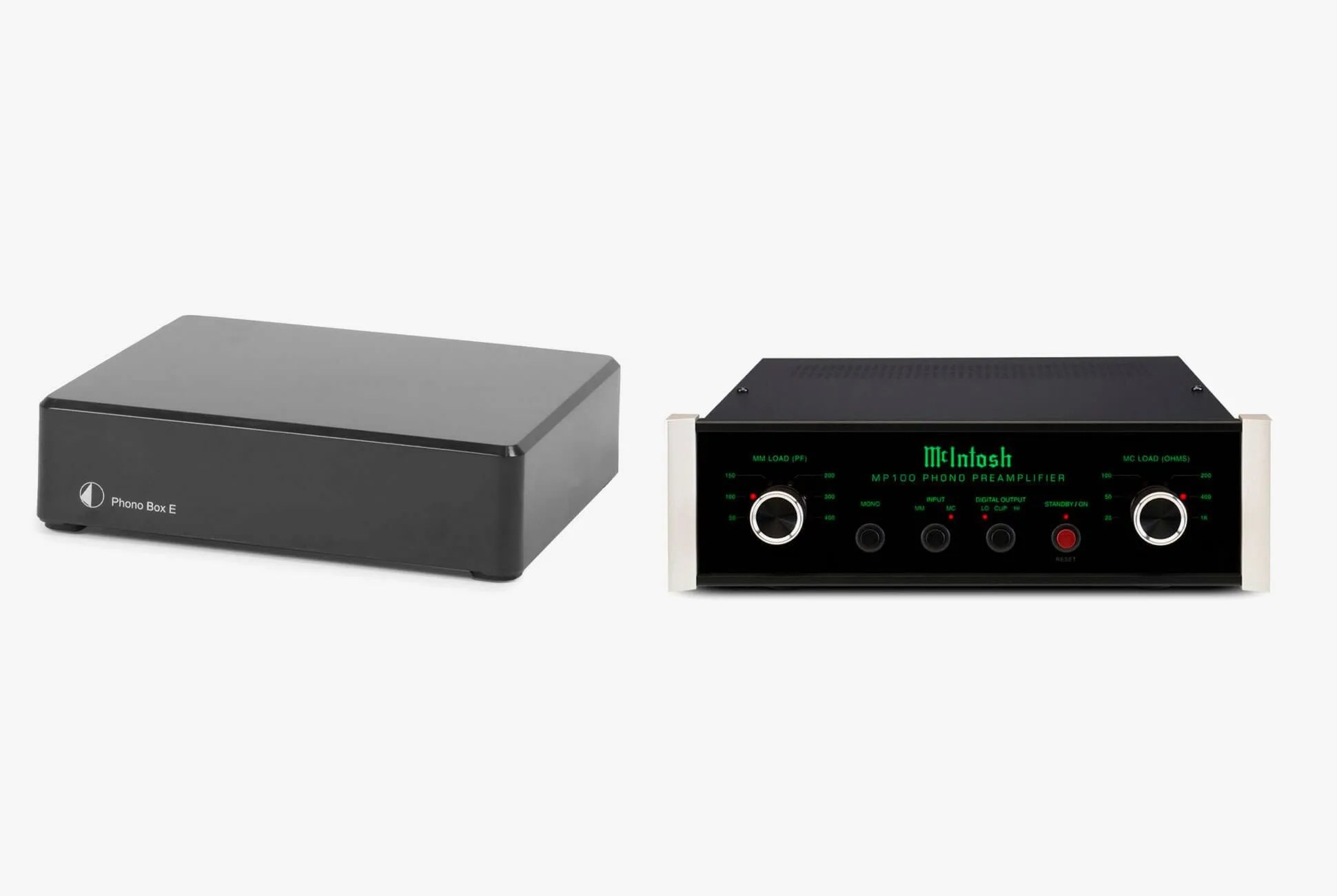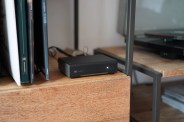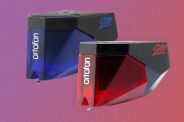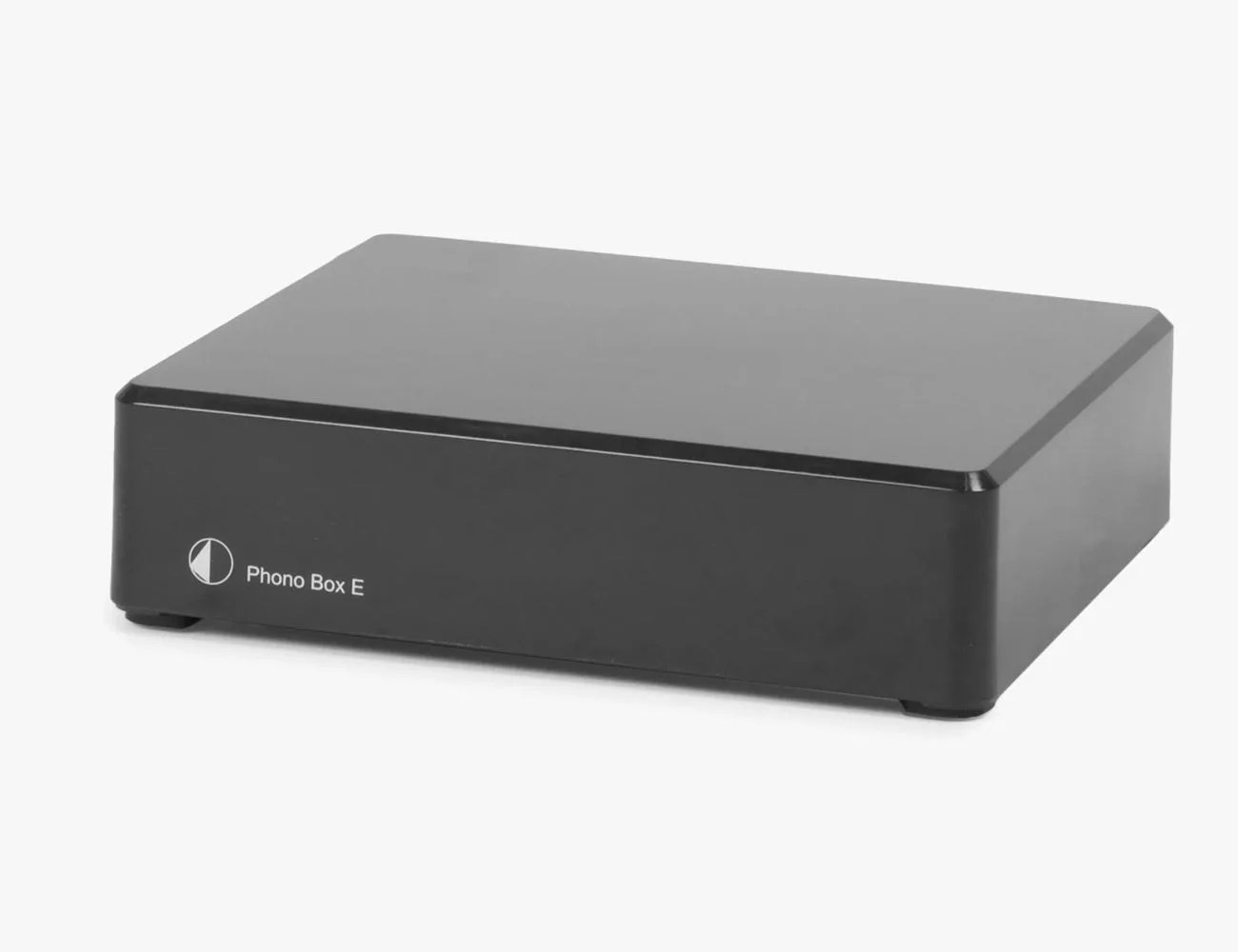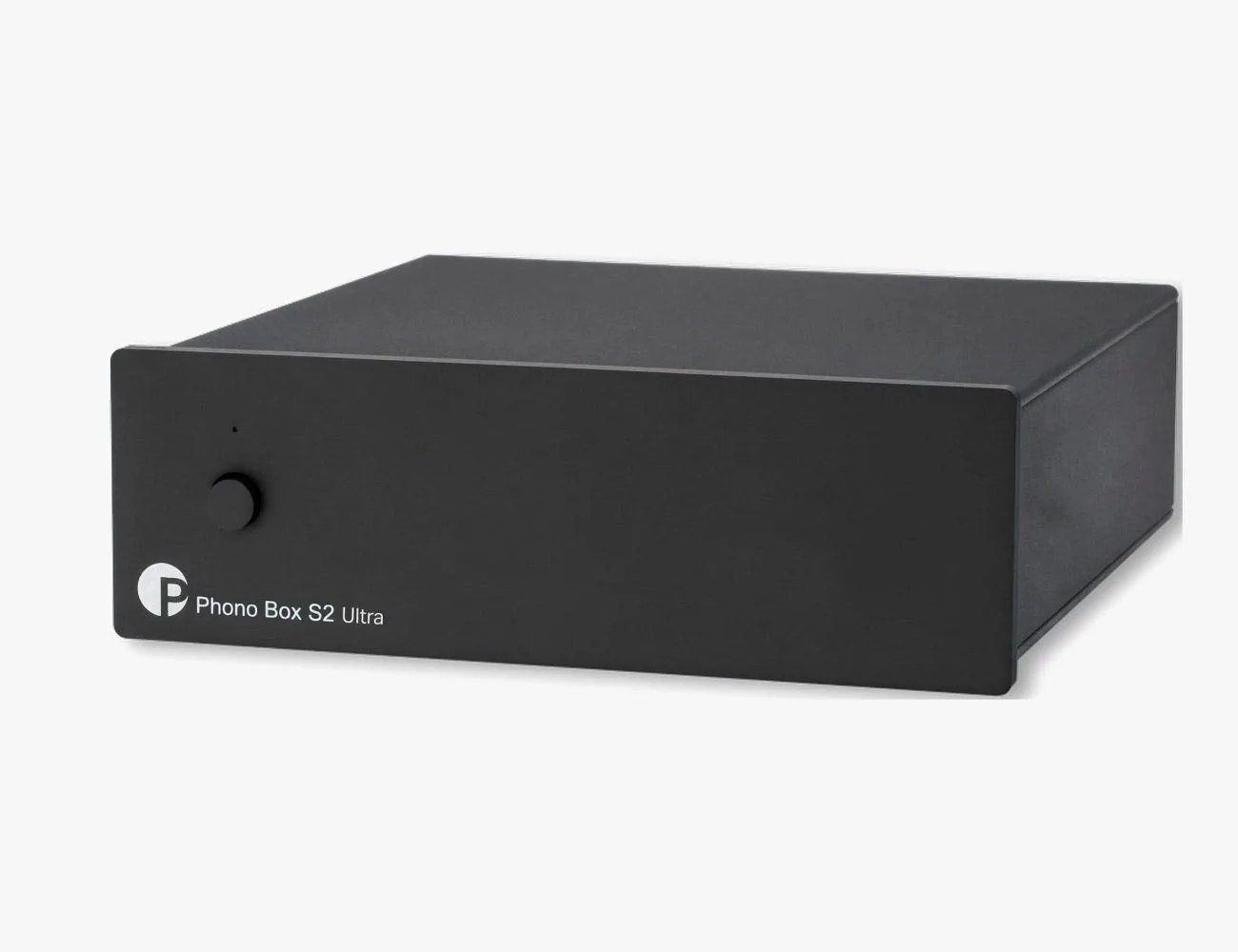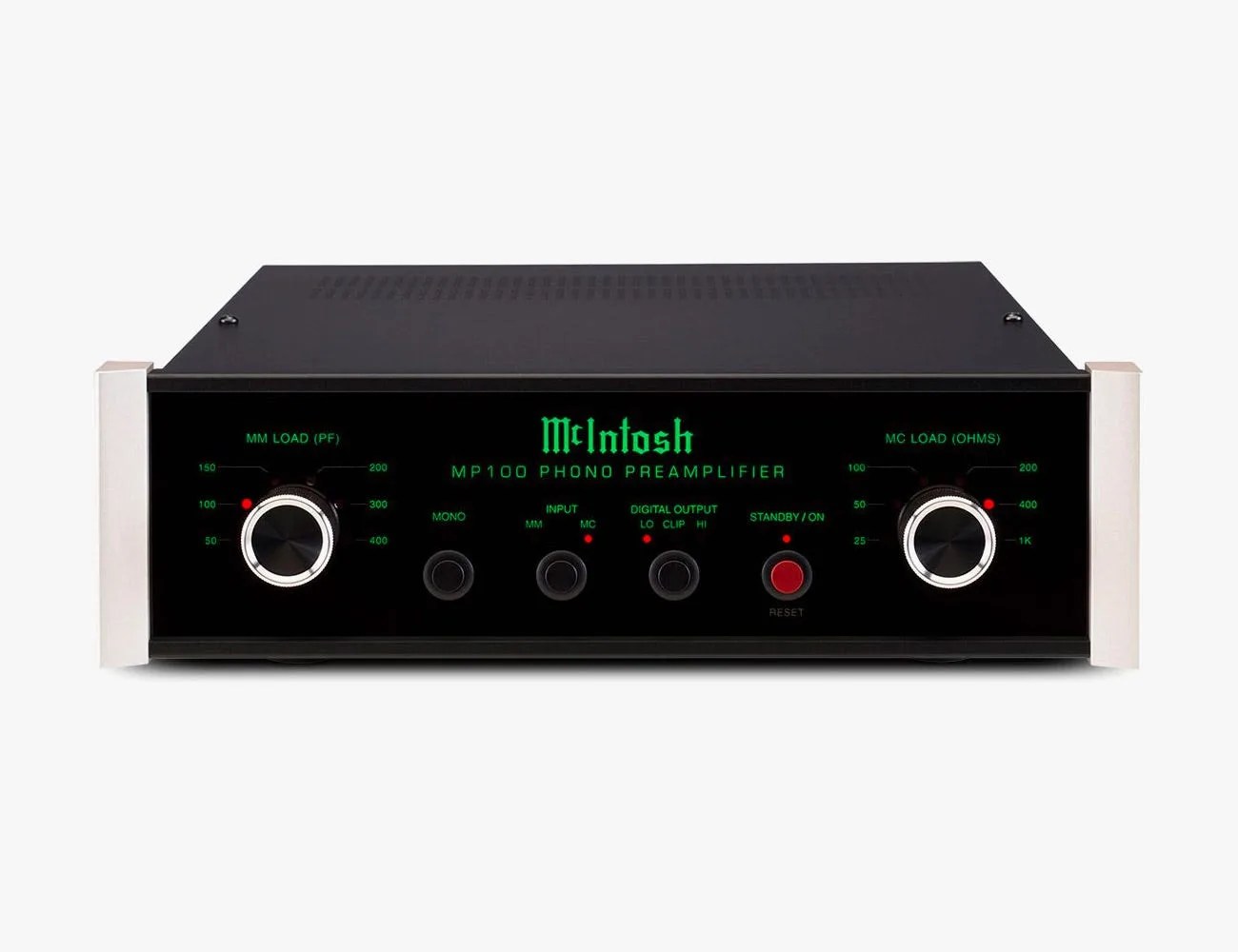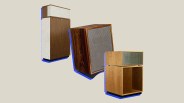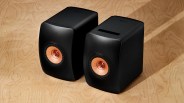A phono preamp is a vital component of your turntable system, even if you don’t know it. Generally the smallest and most affordable, it may be built into your turntable itself. Owing to its relatively low cost, it’s likely the most easily upgradable components in your whole system, and can potentially have a big impact on its sound.
But before you upgrade, there are some questions you need to be able to answer. What does it actually do? How does it affect sound quality? And, maybe most importantly, what are you paying for when you are deciding on a price range?
To help answer these questions, we’ve asked Charlie Randall, the co-CEO of the McIntosh Group, which is also the parent company to other well-known hi-fi companies such as Sonus Faber, McIntosh Laboratory and Audio Research. (The McIntosh Group also owns Sumiko, a phono cartridge manufacturer that distributes Pro-Ject products.)
Budget or luxe, every phono preamp does the same job: amplification.
Every phono preamp takes the tiny, weak signal from the phono cartridge and amplifies it so your speakers can play it as a reasonable volume. Of course, that is not quite as simple as it sounds. A phono preamp also has to also equalize the signal so that the record sounds as true as possible to the original recording.
“The actual signal on the record is not flat but follows an agreed-upon equalization curve that allows deep bass and extended high frequencies to be cut into the record groves,” says Randall. This curve is called the RIAA playback equalization curve. The phono preamp essentially needs to apply the opposite EQ, as well as drastically boosting the signal’s lowest frequencies and attenuating the higher ones.
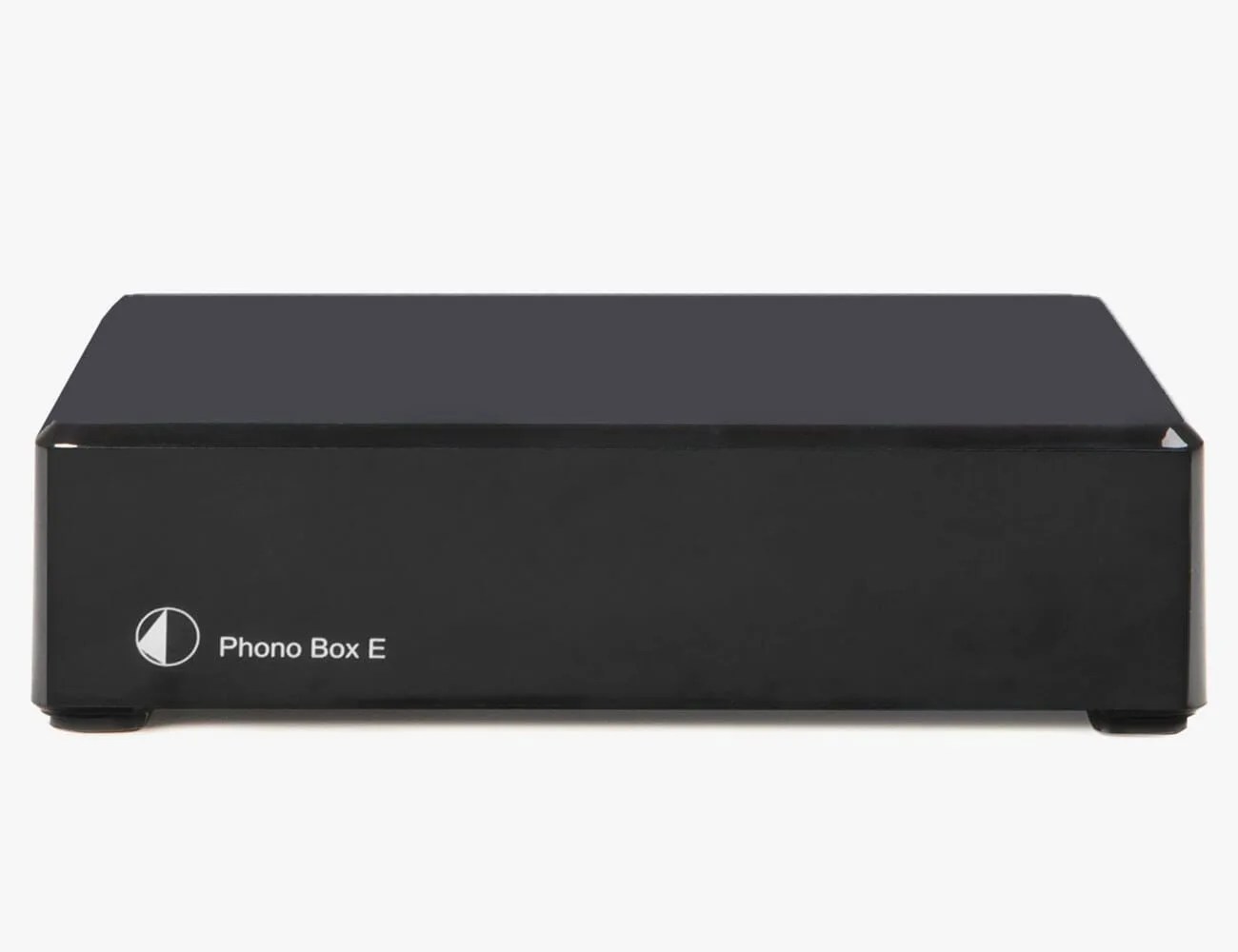
But cheaper preamps can lose details and introduce noise.
The cheaper the phono preamp, the less accurate it corrects for the RIAA curve and the worse the record will sound. “Cheap, poor-performing phono preamps don’t convey the magic of music on vinyl,” says Randall. “They sound flat, lifeless and don’t provide the wonderful warm experience that people covet with vinyl playback.” Owing to cheaper components and less engineering care, less expensive preamps may also introduce noise as they do their job of increasing the signal.
“The best phono preamplifiers, such as the McIntosh MP100 ($2,000), will precisely amplify and equalize the very small phono signal to duplicate the original recording without adding any noise or distortion,” Randall explains.
And more expensive preamps bring customization to the table.
With a more expensive preamp, you’re also paying for versatility. Higher-end phono preamps, according to Randall, are “also capable of accurately amplifying a wider range of cartridges.” In particular, they can more adeptly handle rarer Moving Coil (MC) cartridges, which require much more gain and have different electrical requirements than their more common Moving Magnet brethren.
Where the Pro-Ject Phono Box E ($89) requires little more interaction than plugging your wires straight in and only supports Moving Magnet cartridges, the McIntosh MP100 has individual inputs for both cartridge types, with adjustable loading for each. But you can get the bulk of that versatility amps like Pro-Ject’s Phono Box S2 Ultra ($349), that are a fraction of that sky-high price.
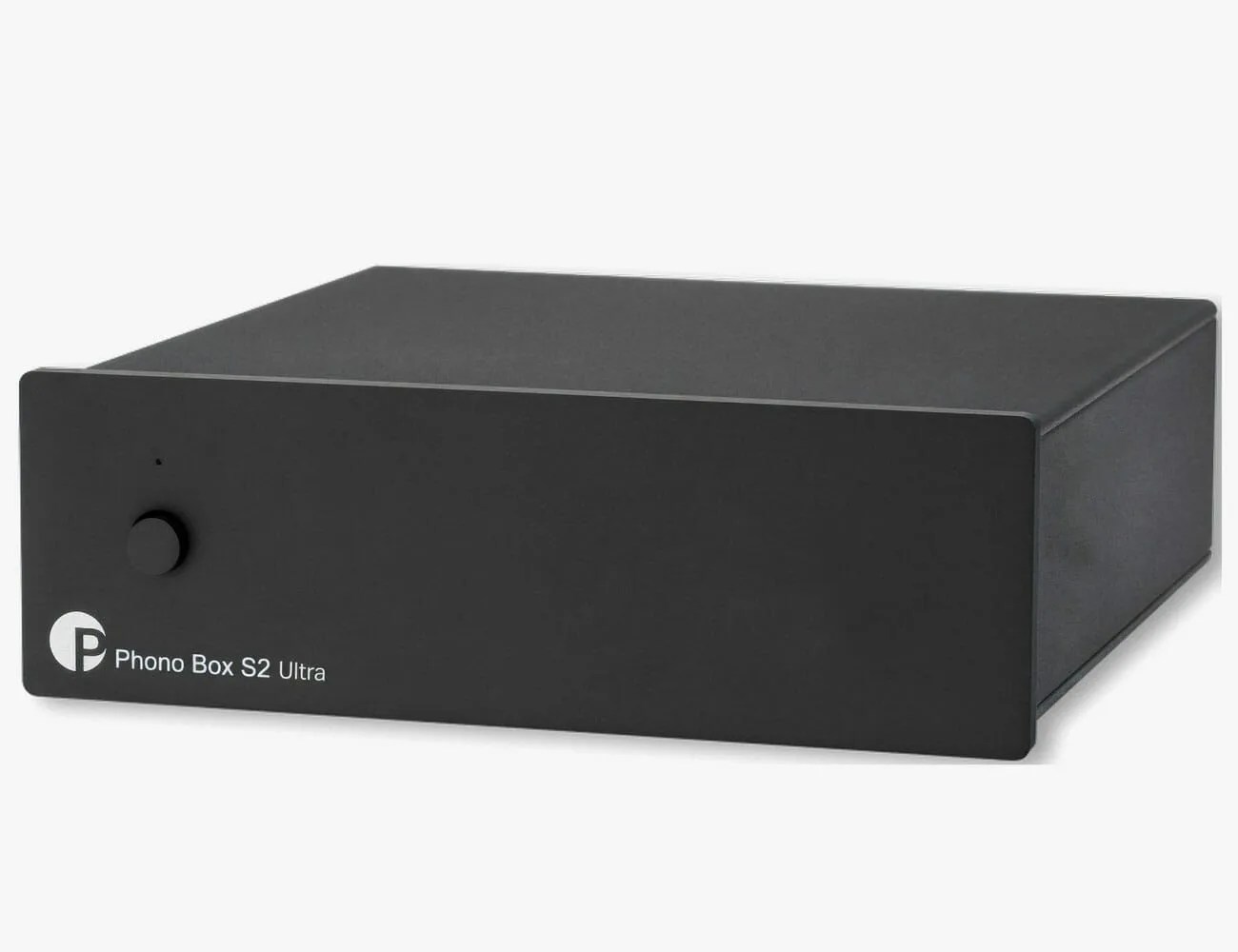
An external phono preamp is an upgrade, even if it isn’t expensive.
Today, many entry-level turntables have a built-in phono preamp which makes for a convenient “plug-and-play” machine that, paired with powered speakers, is ready to go. But an integrated preamp can pick up noise from other nearby components. An external preamp, then, can often upgrade by virtue of adding some distance alone. There is also the flexibility to upgrade as you learn what you like.
Fortunately, many integrated turntables, like the Pro-Ject T1 Phono SB ($449), have toggle-able phono preamps, meaning you can turn on and off its built-in phono preamp. Basically, if you decide you want to add an external phono preamp to your setup, you still can. And should!
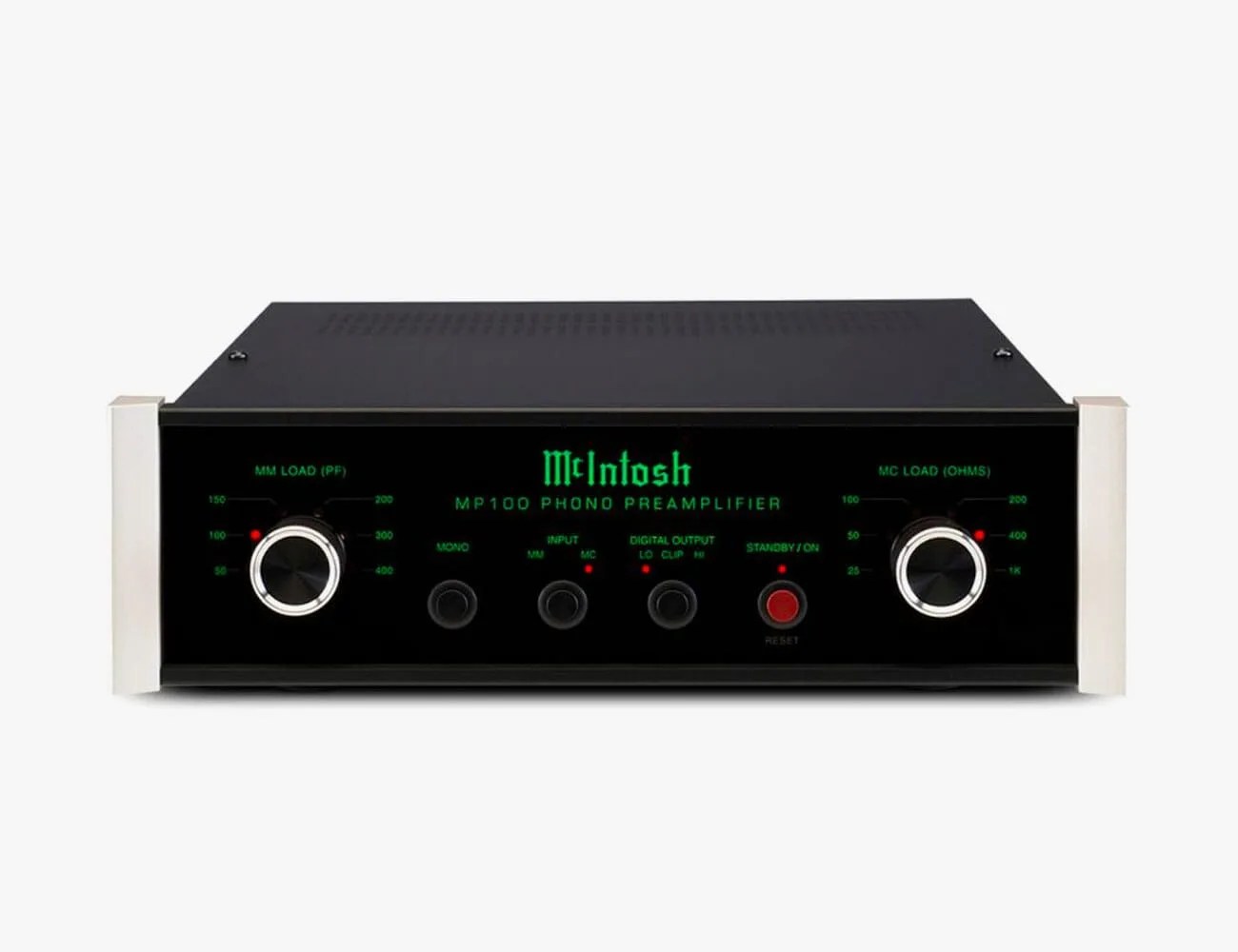
The difference is there, but slight compared to the impact of your system’s other components.
The phono preamp is just one component in your hi-fi system and it is nowhere near the most important. Your speakers and turntable both should command a much larger chunk of your hi-fi budget. You could (and perhaps should) spend 50 to 60 percent of your budget on speakers alone. But even if you have an entry-level hi-fi system, a dedicated phono preamp has the potential to make a dramatic difference.
As a general rule, Randall recommends investing about 20 percent of your budget on the phono preamp, splurging for flexibility in terms of adjustments like gain, loading and compatibility with Moving Coil cartridges if you’re looking to mess around.
